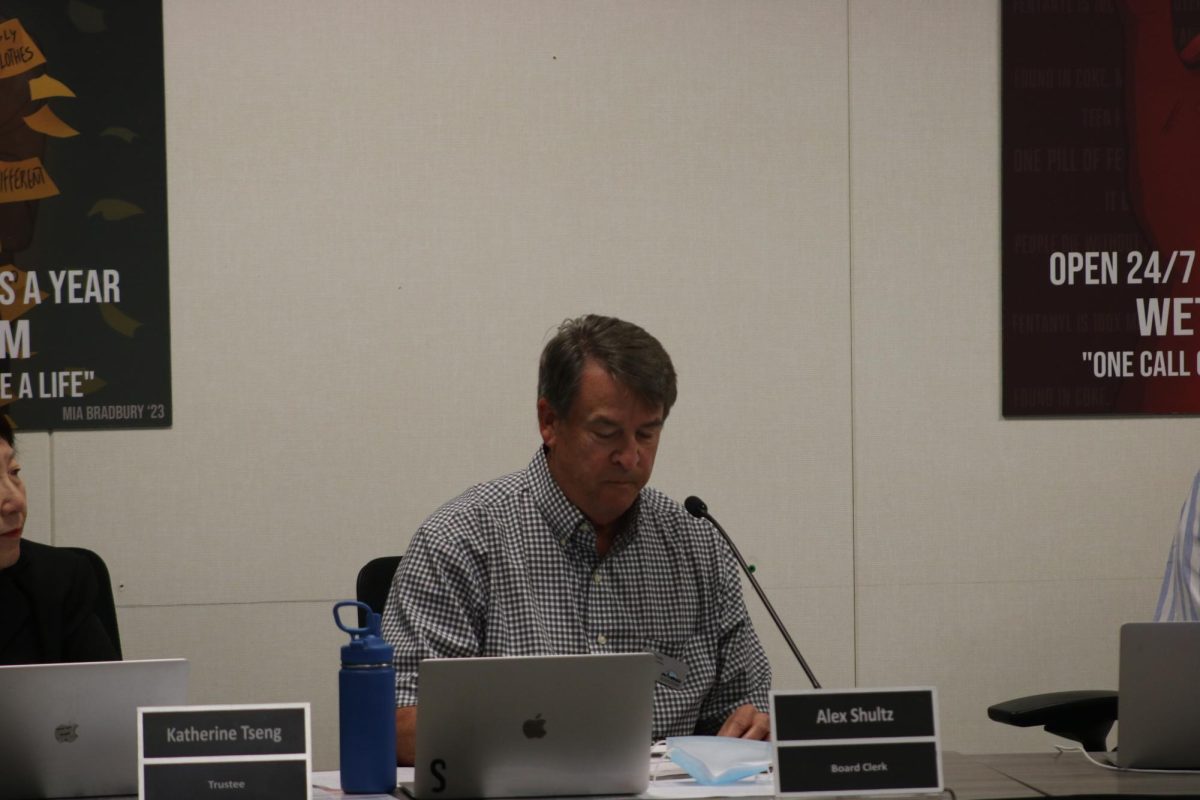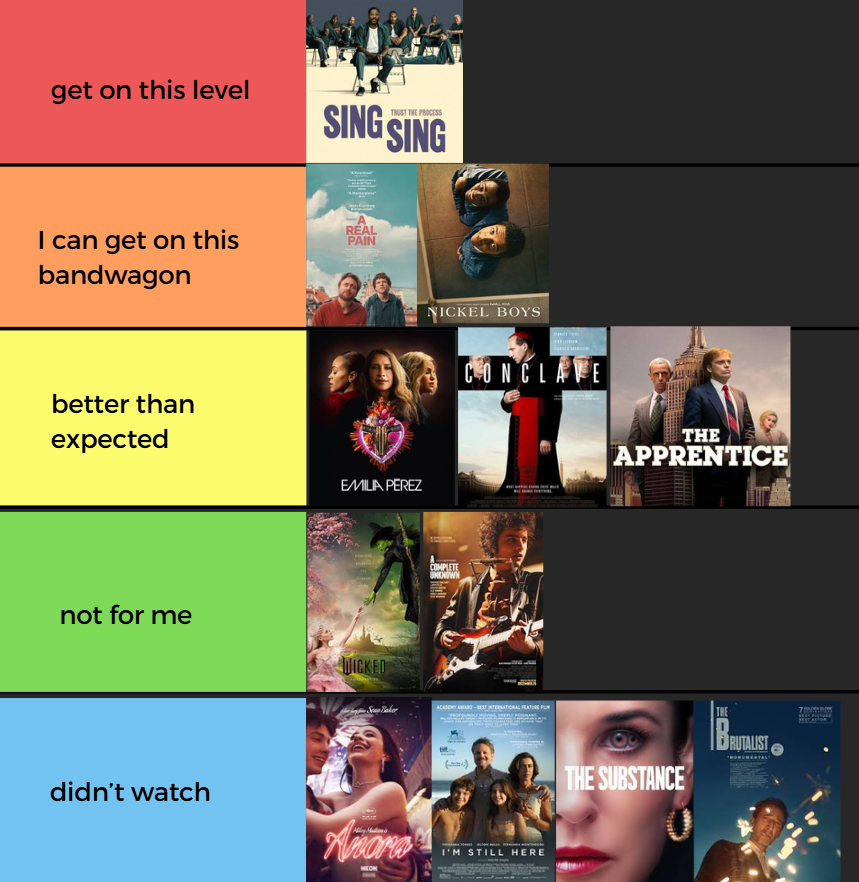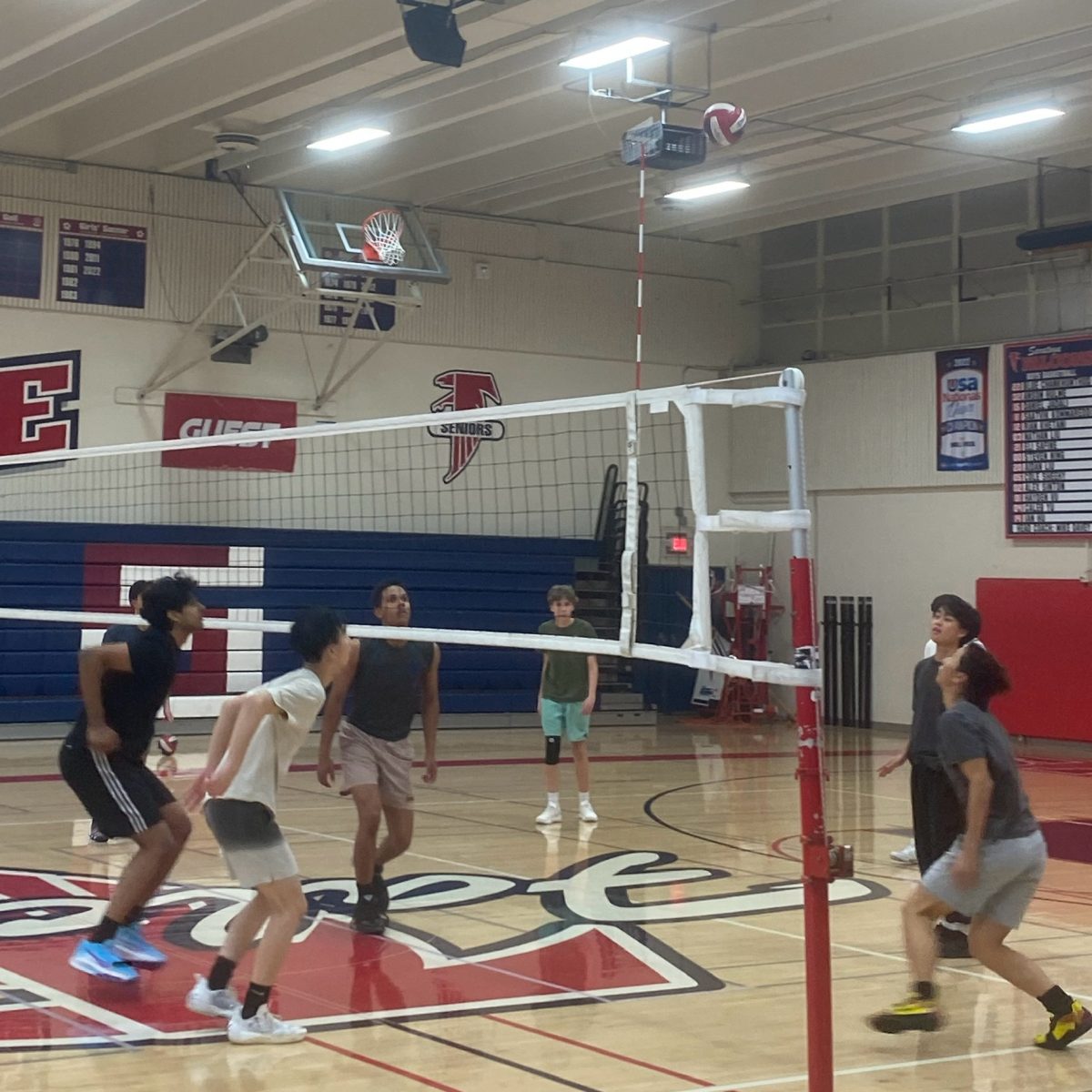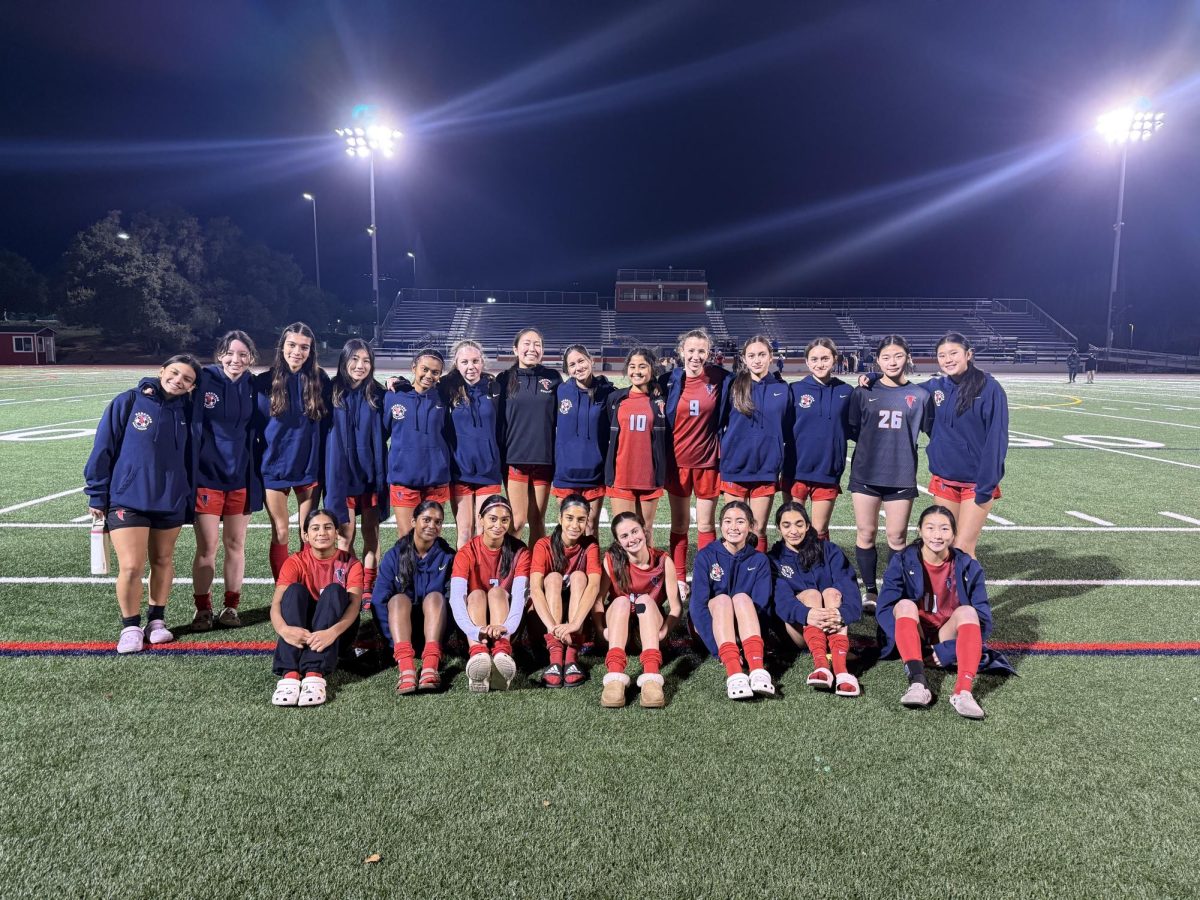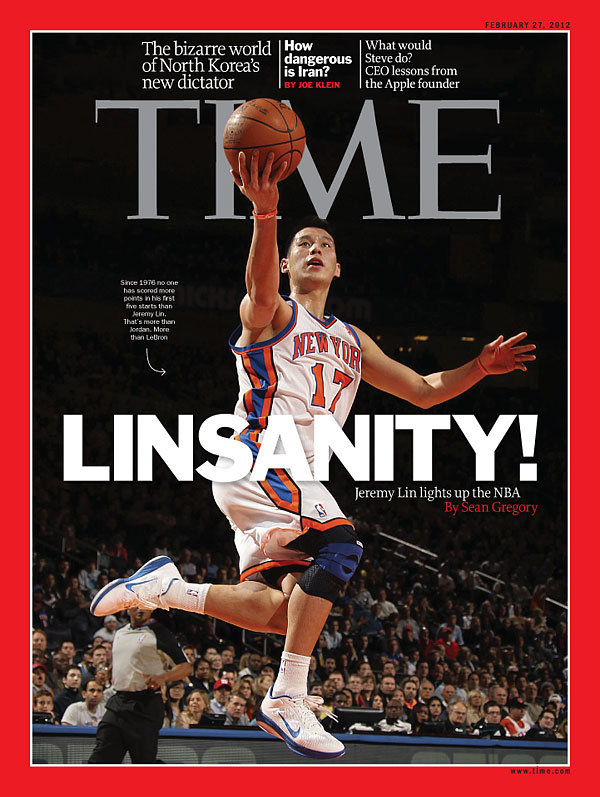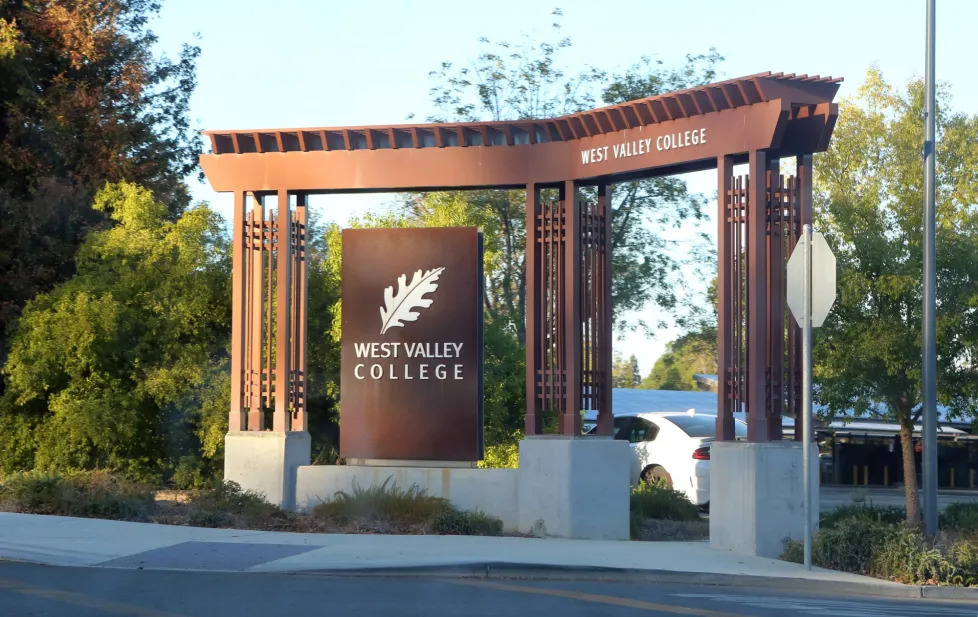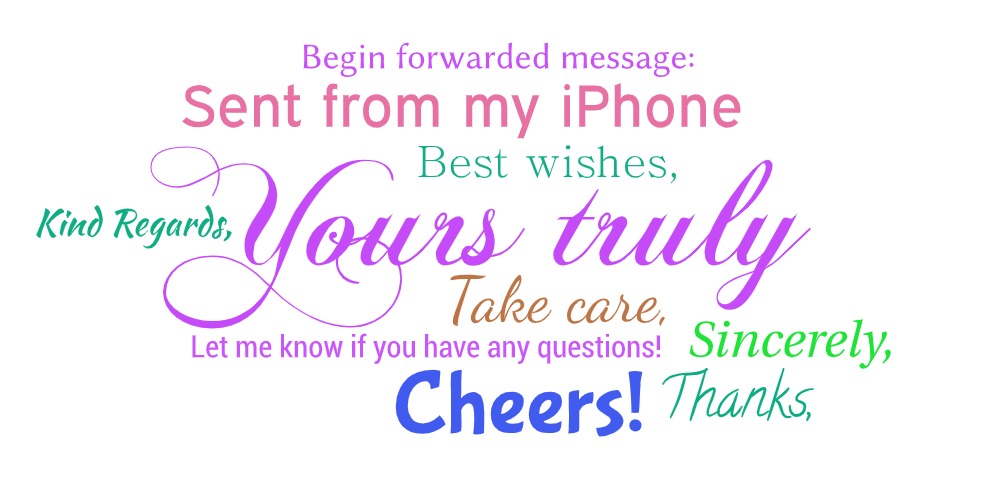First-semester seniors seem to dedicate their lives to college applications, and for good reason: We’re preparing for the next chapter of our lives. We postpone hanging out with friends to research colleges for our list and set aside our AP Gov homework to write our supplemental essays.
Still, the college application process is unnecessarily complicated and could be made easier with a few adjustments.
One key piece of evidence for my assertion that the process is overwhelming: I needed a spreadsheet with 22 rows and columns A to Q to keep track of all the application information that varied from college to college.
Here are my ideas for simplifying the process.
The Naviance site has a steep learning curve. At first, it seemed simple to just connect Naviance to Common App and add colleges to our official list and allow teachers to send recommendation letters. To be honest, I’m not really sure how Naviance works after that. For some reason, the whole application process relied on Naviance, even with its questionable student-reported statistics and clunky interface.
Beware: In Naviance, if you add colleges you’re interested in to the “Colleges I’m Applying To” list, you’ll realize frantically that you can’t delete them yourself, and you’ll have to go ask your counselor to take them off. Why does that rule even exist? And who knew that when your teachers have already submitted your recommendation letter to Naviance, you can add another college and the letter will be automatically added? Sure, this is less hassle for all of us, but I had no idea how it worked until the guidance counselors made a note of it in December.
Naviance’s interface should make it more clear in terms of where to add and remove colleges from your list that will be connected with Common App. And they should provide more updated statistics about the GPA and SAT scores distribution of student applicants to each college, as well as how many who applied to each college were accepted. This would make Naviance a much more useful resource for constructing a balanced college list, so the school doesn’t have to pay an additional subscription for College Kickstart — which we used once and never looked back on.
Then there’s the question of all the exorbitant costs. I am looking at you, College Board. This so-called “nonprofit organization” is notorious for charging way too much for absolutely every service they provide. For one thing, please stop charging $14 for each SAT score I send. Each time I send a score, I realize I could have bought two boba drinks with that money.
To make it worse, I can’t even refund my fees for sending SAT scores. One time, I accidentally put in the wrong credit card expiration date and thought it didn’t send. I sent it again to be safe and ended up paying $28 to send two identical scores to the University of Washington. Maybe that was my fault for panicking, but the College Board informed me that there was no way I could get my $14 back.
And, of course, the SAT fees are just a sliver of the financial agony of college applications. It costs $80 to apply to each UC campus, and around $60 to $90 for each out-of-state college. My poor parents must have spent close to $2,000 through these months of submitting college applications.
Another issue with the college application process is the bajillion different types of deadlines: Early Action (EA), Restrictive Early Action (REA), Early Decision (ED), Early Decision 2 (ED2), Regular Decision (RD), Rolling Admission and even the newly added Early Decision 0 (ED0) for UChicago. And yes, within each of these types of deadlines, there are different dates! Not to mention, some schools like The Massachusetts Institute of Technology (MIT) aren’t even part of the Common App system, so high-striving applicants have to figure out that high-profile school’s unique application system.
Some EA deadlines can be as early as in October, and then some RD deadlines are as late as January. You need a spreadsheet to keep track of all of this or else you’ll be missing deadlines every other week. I love how the University of California application worked: Everything was due on Dec. 2 system-wide. There was minimal confusion and seniors all knew about this deadline.
Devastatingly, I didn’t realize REA only applied to private colleges until it was too late. I only applied EA to public colleges, so I could have applied REA to a private college that I now had to apply RD for. Little accidents like not fully understanding deadlines and the requirements for application can take you down a whole detour. It’s not the end of the world, but it sure is frustrating.
Once you’ve submitted your application, it’s deceiving to think that you’re done. But don’t let your guard down. When you receive an email link to your college portal, you might have to tediously enter every course you took on their custom portal commonly known as an Self-Reported Academic Record (SRAR), even though you already reported your courses in Common App, which is completely unnecessary.
Each college has its own system: the SRAR that can be linked to several schools, or a college-specific academic course report. The different systems are tedious and I felt afraid to accidentally report the wrong thing because I was doing it over and over for many different colleges.
The college application process could be less tedious and save seniors a lot of tears, stress and money. Some may say that scrambling to submit before the correct deadlines and organizing the correct materials is a valuable lesson on growing up. But until I see the benefits of paying $182 in sending my SAT scores, I think the system is ripe for change.

